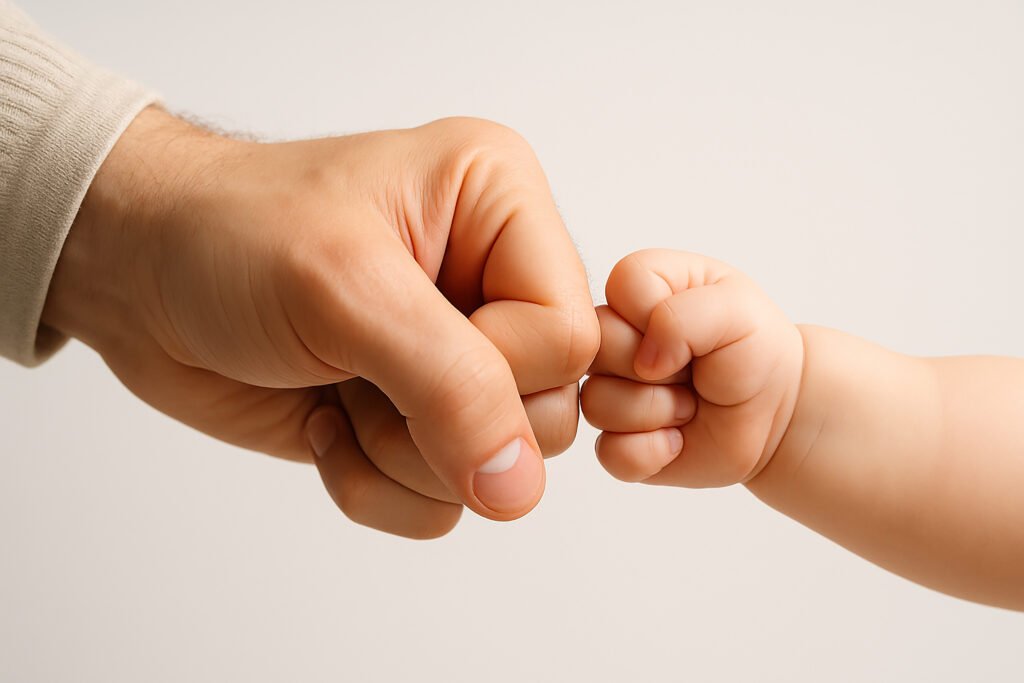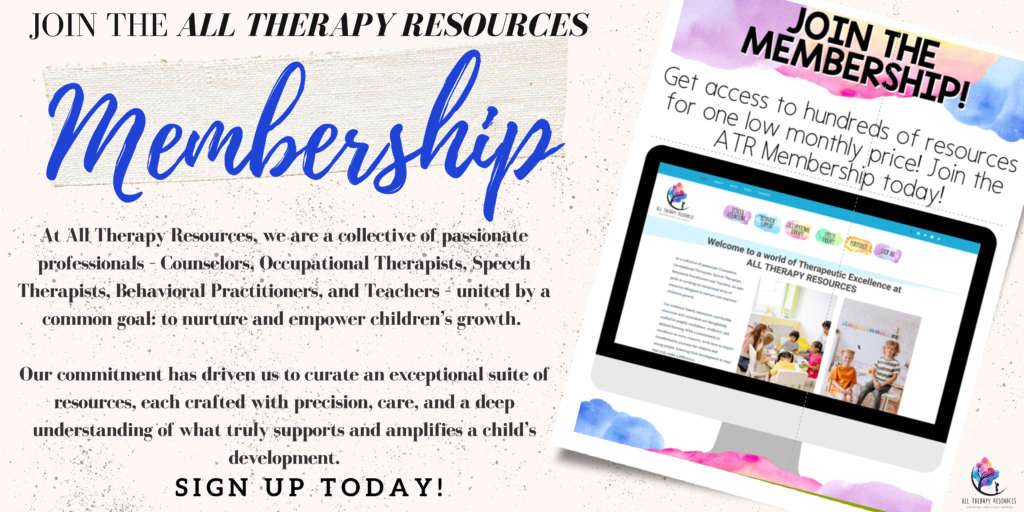Co-Regulation Isn’t Always Calm: Matching Energy to Build Trust

Have you ever been told to “stay calm” when a child is melting down—only to find that your calm made things worse?
As parents, educators, school counselors, and therapists, we often hear that co-regulation means staying regulated so that a child can borrow our calm. And while that’s true, there’s an important nuance that’s often overlooked: calm isn’t always quiet. Co-regulation isn’t about being robotic or whispering softly through every storm. Sometimes, true connection comes when we match a child’s energy—not to escalate, but to meet them where they are.
In this post, we’ll unpack what co-regulation really looks like in the moment, explore why “calm” can sometimes feel unsafe to a dysregulated child, and share trauma-informed strategies that help build trust, attunement, and emotional safety—especially with kids who’ve had hard starts.
What Is Co-Regulation—Really?
Co-regulation is the process by which a regulated adult helps a dysregulated child return to a state of balance. It’s about lending your nervous system to a child who can’t yet calm theirs on their own. But here’s the part that’s often misunderstood: co-regulation is not one-size-fits-all. It’s responsive. Relational. And yes—sometimes animated.
Think of co-regulation like dancing with someone who’s out of rhythm. You don’t just freeze and wait—you tune in, find their beat, and guide them back to center.
Why “Calm” Can Feel Unsafe for Some Children
Some children, especially those with trauma histories, don’t associate quiet voices or stillness with safety. A flat, neutral tone may remind them of someone emotionally detached—or, worse, someone calm just before an outburst. For them, “calm” might not register as co-regulation. It might register as disconnection.
I remember working with a child in a school setting who had frequent explosive outbursts. One day, as he threw a chair and screamed, I instinctively lowered my voice and tried to calmly offer redirection. He yelled back, “Stop talking like that!”—and the message was clear: my approach wasn’t landing. When I shifted—got low to the ground, matched his intensity with a firm but energized tone—he paused. It wasn’t calm that reached him. It was connection through attunement.
Matching Energy: The Heart of Responsive Co-Regulation
What Does “Matching Energy” Mean?
Matching energy doesn’t mean mimicking distress or escalating the situation. It means tuning into the child’s emotional state and responding with relational presence that feels congruent. It’s about giving children the message: “I see you. I’m with you. I can hold this.”
That might look like:
- Using animated voice and gestures to connect with a hyped-up child
- Meeting a child’s playful silliness with exaggerated fun before guiding them back to task
- Responding to anger with grounded intensity: “You’re really mad. I’m here. I’ve got you.”
When to Match Energy—and When to Soften
Matching energy is especially effective when:
- The child is hyperaroused and not responding to low-tone interventions
- The child is seeking connection through big behaviors
- A gentle, passive response increases their frustration or feelings of abandonment
- You’re building trust with a child who associates calm with emotional unavailability
However, once the connection is made, softening becomes possible. The goal is not to stay at the child’s energy level forever, but to join them long enough to help guide them down.
Practical Co-Regulation Strategies That Aren’t Always “Calm”
Get physically engaged
Sometimes, movement is regulation. Try mirroring big stomps, jumping together, or using call-and-response games. One young client I supported calmed fastest when we “stomped out the feelings” before sitting down to draw.
Use your voice with presence
Don’t be afraid to use vocal energy when needed. A strong, confident tone can feel containing—not threatening—especially for kids who feel out of control.
Example: “I see how big those feelings are! You don’t have to hold them alone. I’ve got you.”
Match rhythm, not chaos
You’re not joining the chaos—you’re offering structure inside the storm. Use rhythmic language, predictable phrasing, or body-based activities to create containment.
Use play to co-regulate
Silly, energized play can be one of the fastest ways to reset. Laughter releases tension and rebuilds connection. Be playful on purpose, especially with kids who live in fight-or-flight.
When Calm Can Still Be Effective
Of course, “calm” isn’t bad. For many children, a soft voice, gentle breathing, or still presence is soothing. The key is in the attunement. Are you responding to what this child needs, or what you were told calm should look like?
Some children may not tolerate matched energy, especially if they are sensory sensitive or hypervigilant. In these cases, low and slow still works best. Always observe and adjust.
Frequently Asked Questions
Isn’t matching energy just escalating the situation?
No. Matching energy is not about fueling the fire—it’s about helping the child feel felt. When done with regulation and intention, it builds connection, not chaos.
What if the child becomes more dysregulated?
It’s possible. If so, slow down. Try matching less intensity or switch to a regulation tool (like breath, sensory input, or grounding movement). Your goal is to meet, then guide—not stay elevated.
Can I use this in a classroom or group setting?
Yes—with care. In a classroom, it may look like using voice projection, movement breaks, or interactive songs to re-engage dysregulated students without shame. Be mindful of other children’s needs and adjust tone accordingly.
How do I know what a child needs?
Trial, error, and observation. Notice what helps them settle—not just in the moment, but long-term. Use reflection and supervision to unpack your own triggers and tendencies, too.
Real-Life Moments of Connection
One afternoon, I was working with a child in a school counseling space. He had experienced complex trauma and often entered sessions revved up, bouncing from one thing to the next. For weeks, I tried to soothe and redirect—but nothing landed. One day, I decided to try something different.
When he burst into the room, I met him with exaggerated play: big movement, energetic voice, and a silly challenge. “Bet you can’t bounce like me!” We jumped together, laughed, and within minutes, he flopped onto the mat, ready to draw and talk. That day, we didn’t just “regulate”—we connected.
It reminded me: regulation isn’t always about slowing down. Sometimes, it’s about joining the storm just long enough to walk someone out of it.
Final Thoughts: Co-Regulation Is Connection, Not Control
We can’t script co-regulation. It’s dynamic, intuitive, and built through relationship. While staying regulated ourselves is key, how we show up matters even more. For some children, calm will soothe. For others, calm will confuse or trigger. And for many, it’s the presence—not the tone—that heals.
Let’s reframe co-regulation not as staying quiet, but as staying with.
Let’s allow space for rhythm, energy, voice, and even play—to be tools of safety and healing.
Because co-regulation isn’t about perfect stillness. It’s about saying: I see you. I can handle your big feelings. I’ll meet you here—and we’ll find calm together.
Want More Tools Like This?
If you’re supporting children who struggle with regulation, connection, or trauma-based behaviors, the All Therapy Resources Membership is here to help. Inside, you’ll find over 1,000 creative, evidence-informed tools—including co-regulation games, visual supports, movement-based activities, and behavior strategies you can use right away in therapy, classrooms, or home.
Visit https://membership.alltherapyresources.com to explore everything waiting for you—and join a growing community of professionals who are redefining what connection looks like.













